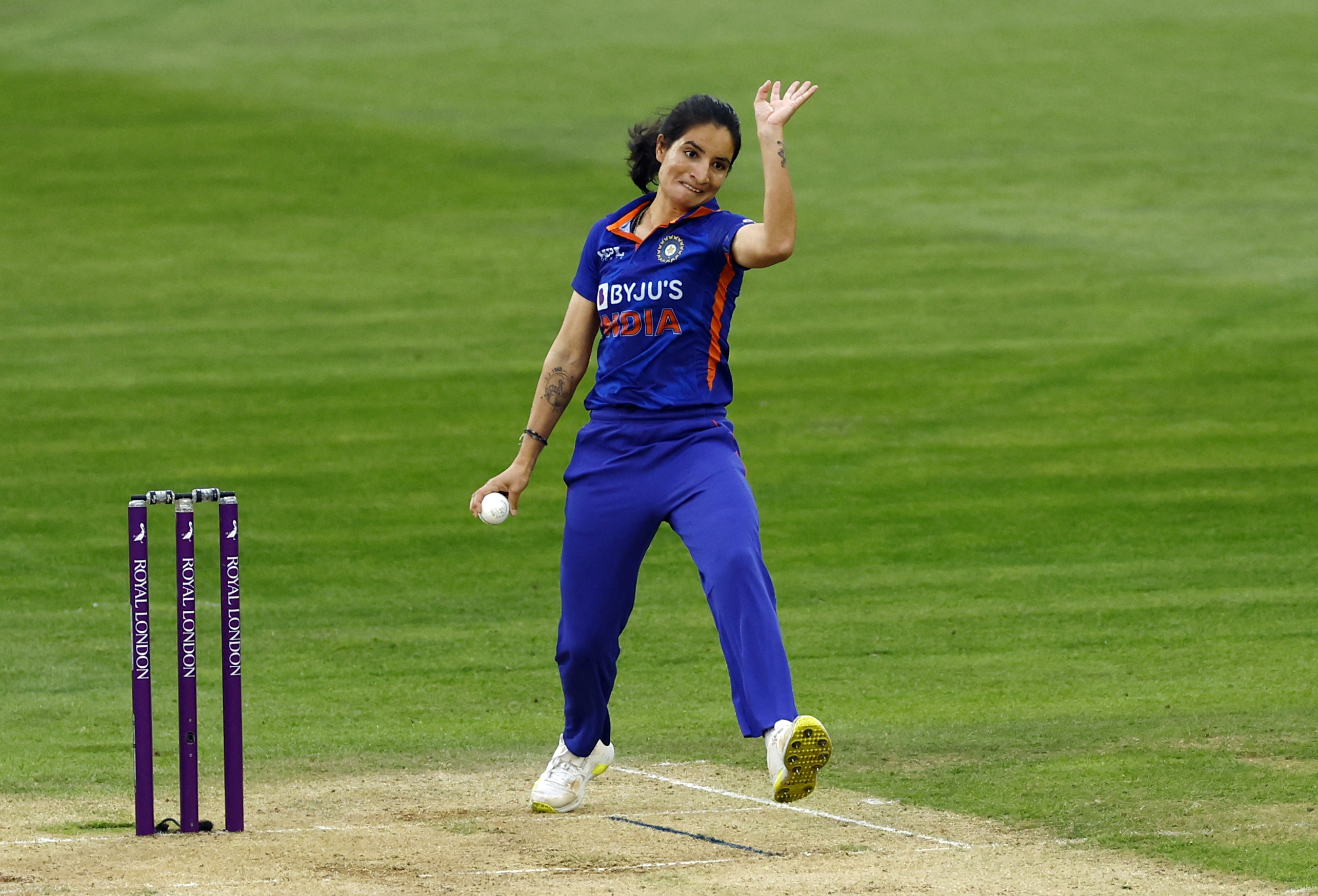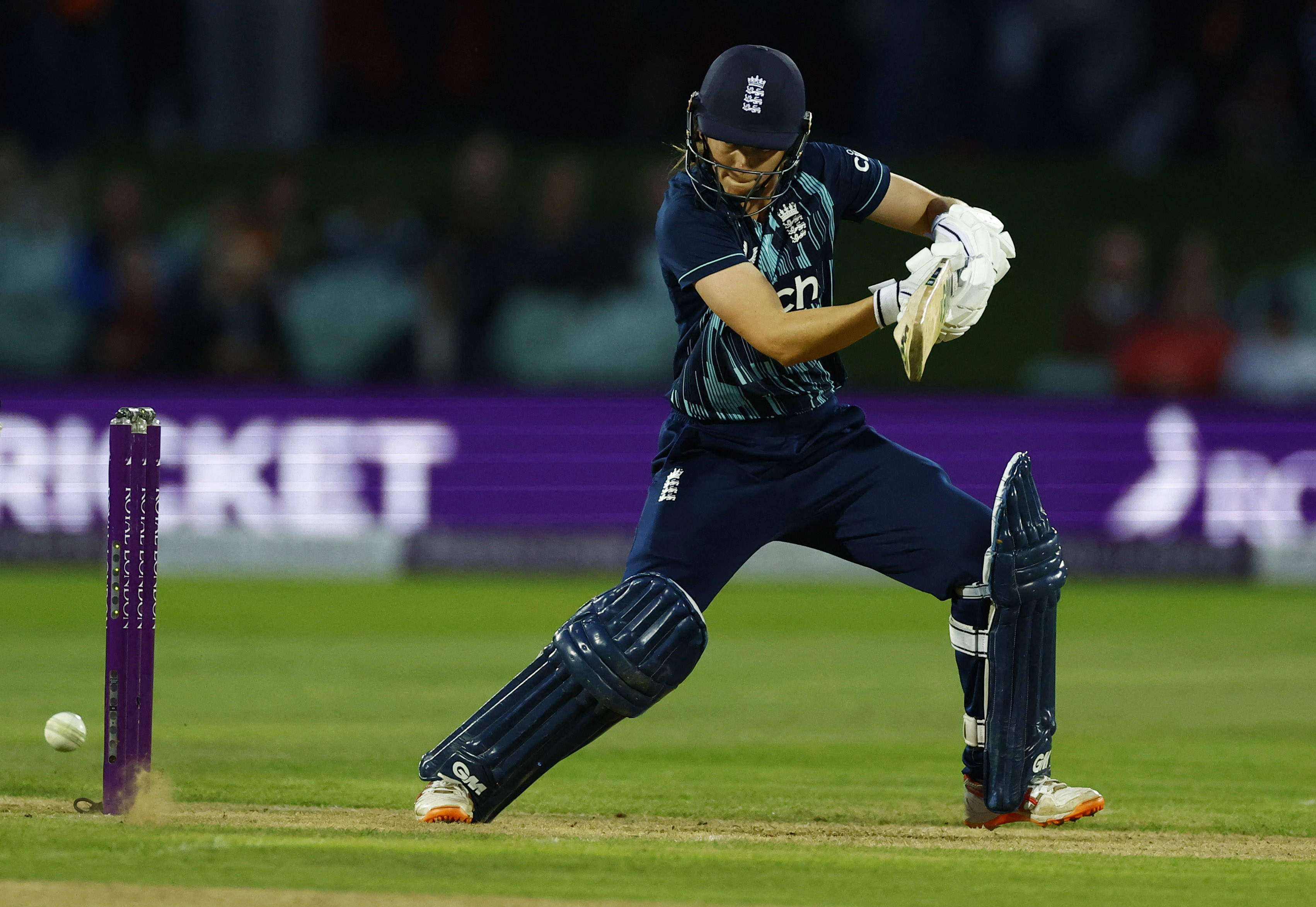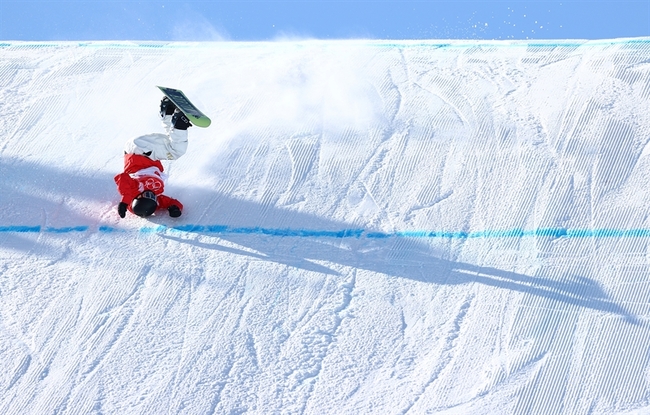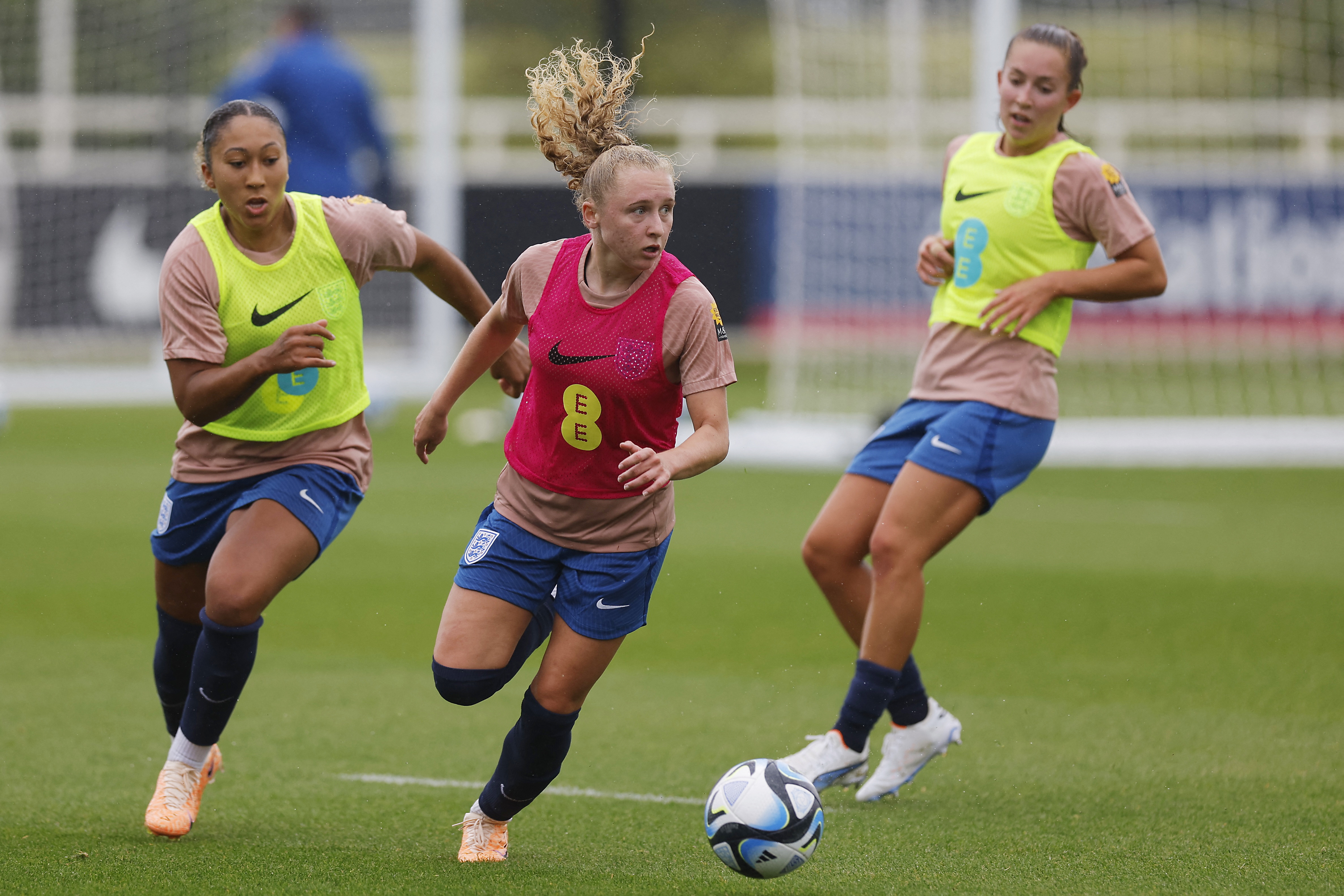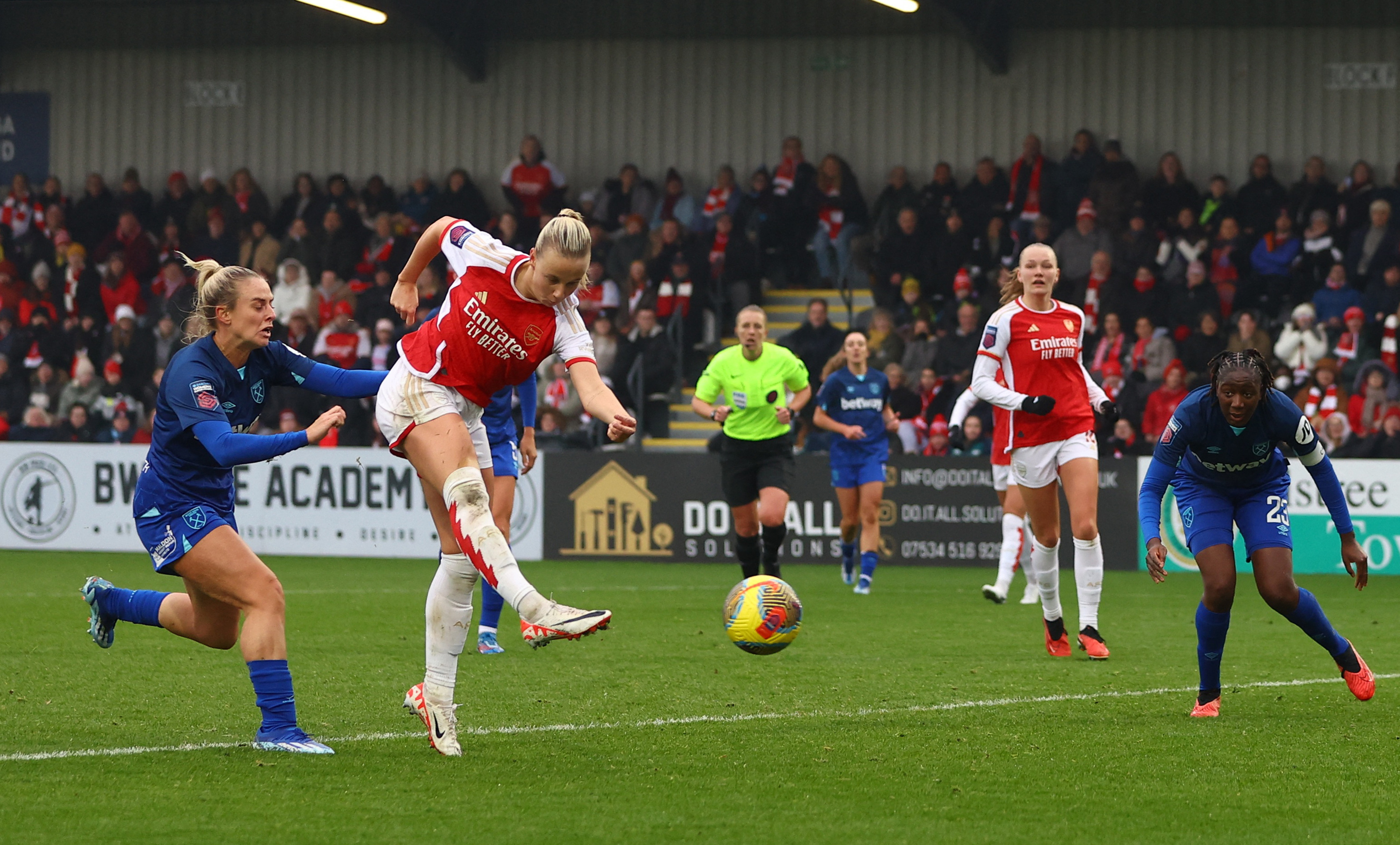You are viewing 1 of your 1 free articles
The red zone: low energy availability in male athletes

Aesthetic, weight class, and lean sports require athletes to have a specific weight and physique for optimal performance(1). Unfortunately, this pressures athletes to look a particular way and causes them to adapt to unhealthy eating, exercising, and weight monitoring patterns(2,3). As a result, disordered eating (DE) starts to arise and moves along a spectrum from health to disease(4).
The DE leads to low energy availability (LEA) due to a significant difference between energy intake and expenditure during exercise, causing insufficient availability for growth, health, and homeostasis. The abovementioned is known as relative energy deficiency in sport (RED-S). In female athletes, RED-S leads to the female athlete triad, which is a combination of LEA, low bone mass density (BMD), and menstrual dysfunction(4). However, male athletes only present with LEA and low BMD, making identification and treatment of disordered eating patterns extremely challenging(5).
Disordered eating continuum
Eating disorders (ED) have high mortality rates and are serious mental illnesses that negatively impact an individual’s quality of life(3). The DE continuum starts with healthy eating and exercise behaviors, which then progresses to more extreme weight loss and dieting to meet the required standards of the sport. The pathological continuum starts at subclinical EDs such as anorexia athletica (AA) and ends with clinical EDs such as anorexia nervosa (AN), bulimia nervosa (BN), and eating disorders not otherwise specified (EDNOS), along with other medical complications that impair performance(2). The signs and symptoms of disordered eating impair an athlete’s performance and become a part of their daily living and significantly impact their family, social life, and work or school (see table 1)(3).Disordered eating leads to increased injury risk and inconsistent performances(6,4). Inadequate nutrition, impaired bone health, and hypogonadotropic hypogonadism start to arise, which causes overall health and performance decrements(4). The ‘male athlete triad’ has been proposed as a combination of LEA, low BMD, and hypogonadotropic hypogonadism(4).
Health and performance consequences
Health and performance consequences in elite athletes with DE depend on the form and duration of DE behavior and the physical demands of the sport(2). Unhealthy nutritional habits, sudden weight loss methods, excessive exercise, and pressure to perform or look a certain way results in DE(2). It is important to note that not all athletes will present with a psychological component, but this does not mean they do not suffer from DE(2).Extreme weight control methods include fasting, counting calories, abuse of diuretics, obsessive weight checking, vomiting, laxatives, and excessive exercise(7,5). This causes electrolyte disturbances and, combined with self-induced vomiting, laxative and diuretic use, and extremely low body weight is the main reason for death from cardiac arrhythmias(7). Furthermore, stressing about the right body composition, denying hunger, and fearing fatness and weight gain is mentally exhausting and places the athlete in a vulnerable psychological state(7,3). Male athletes with low energy availability are predisposed to bone stress injuries such as stress fractures, electrolyte abnormalities, and dehydration, which ultimately lead to poor sports performance(7).
Bone health
Peak bone growth for males occurs at 14 years old, emphasizing the importance of healthy nutritional behaviors for optimal bone strength, function, and density (8). Bone marrow adipocytes secrete leptin and adiponectin (adipokines); however, DE causes leptin levels to be extremely low, resulting in diminished reproductive function and altering bone turnover(8).
Neuroendocrine changes
Hypogonadotropic hypogonadism refers to the measurable hormonal changes that influence reproduction and metabolism(4). Prolonged nutritional restriction harms multiple endocrine systems and hormonal regulation to preserve essential bodily functions(8). There are the four major neuroendocrine systems through which the hypothalamus and pituitary direct neuroendocrine function (see table 2).
Prevention
Eleven strategies to reduce the likelihood of disordered eating(3,4,5,6,7).
- Be aware of the signs and symptoms of disordered eating.
- Consult a registered dietitian for appropriate nutrition for optimal performance.
- Focus on creating ways for athletes to enhance performance other than changing their weight.
- Talk honestly and openly about the importance of nutrition for optimal athletic performance.
- Use validated screening equipment for early identification of risk factors.
- Ensure that all stakeholders understand the DE risk factors.
- Refer athletes to appropriate professionals early.
- Encourage athletes to seek help for all mental health concerns.
- Multi-disciplinary teams should develop individualized nutritional and training plans for athletes.
- Create a supportive environment that encourages athletes to make the best of themselves.
- Clinicians should handle body composition goals with sensitivity and confidentiality.
Conclusion
Aesthetic, weight class, and lean sports create a toxic environment that forces athletes to use extreme weight loss measures to perform at the required level. This leads to the development of disordered eating and excessive exercise patterns that negatively affect the quality of life of the athletes. It is important to be aware of the signs and symptoms and risk factors to identify athletes at risk early. Proper screening is required to ensure the athlete receives the best possible care.References
- Turk J Sports Med 18th November, 2018
- BMJ Open Sp Ex Med 2020;0:e000801
- Euro J of Sport Sci, 2013, 13:5, 499-508
- Sports Med (2016) 46:171-182
- Clin Soc Work J (2016) 44:114-123
- Asian J of Sports Med, Vol 1 (No 2), June 2010, p63-68
- Br Sports Med 2016;50:154-162
- Metabolism: Clinical and Experimental, 2015, 64(9):943-951
Related Files
Newsletter Sign Up
Subscriber Testimonials
Dr. Alexandra Fandetti-Robin, Back & Body Chiropractic
Elspeth Cowell MSCh DpodM SRCh HCPC reg
William Hunter, Nuffield Health
Newsletter Sign Up
Coaches Testimonials
Dr. Alexandra Fandetti-Robin, Back & Body Chiropractic
Elspeth Cowell MSCh DpodM SRCh HCPC reg
William Hunter, Nuffield Health
Be at the leading edge of sports injury management
Our international team of qualified experts (see above) spend hours poring over scores of technical journals and medical papers that even the most interested professionals don't have time to read.
For 17 years, we've helped hard-working physiotherapists and sports professionals like you, overwhelmed by the vast amount of new research, bring science to their treatment. Sports Injury Bulletin is the ideal resource for practitioners too busy to cull through all the monthly journals to find meaningful and applicable studies.
*includes 3 coaching manuals
Get Inspired
All the latest techniques and approaches
Sports Injury Bulletin brings together a worldwide panel of experts – including physiotherapists, doctors, researchers and sports scientists. Together we deliver everything you need to help your clients avoid – or recover as quickly as possible from – injuries.
We strip away the scientific jargon and deliver you easy-to-follow training exercises, nutrition tips, psychological strategies and recovery programmes and exercises in plain English.




